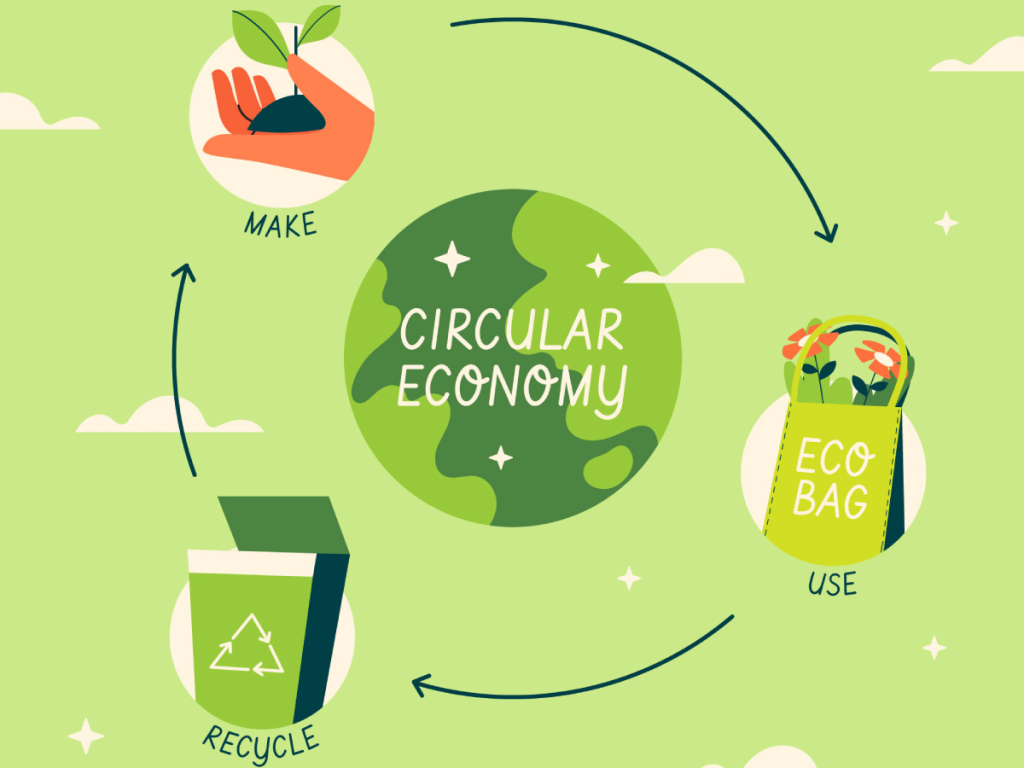Biodegradable: For a Circular and Sustainable Economy
The concept of biodegradability is now at the heart of environmental concerns. Indeed, in the face of the growing accumulation of waste in our environment, it has become crucial to find solutions to reduce its impact. Biodegradable products, which decompose naturally into non-polluting organic elements, offer a promising alternative to traditional products made from non-biodegradable materials.
What is Biodegradability?
Biodegradability is the ability of a material to be broken down by microorganisms, such as bacteria or fungi, into simple and natural elements. This process, known as biodegradation, occurs under specific environmental conditions, such as the presence of oxygen or moisture.
The Benefits of Biodegradable Products
The use of biodegradable products presents numerous environmental advantages, such as reducing soil and ocean pollution. Unlike non-biodegradable products that accumulate in the environment, biodegradable products break down into natural elements, not contributing to soil and ocean pollution.
Moreover, the production of biodegradable products often utilizes renewable resources, such as plant-based raw materials, thereby reducing our dependence on non-renewable fossil resources.
Furthermore, the biodegradation of organic products releases carbon dioxide into the atmosphere, but this process is part of a natural carbon cycle. In contrast, the incineration of non-biodegradable waste releases greenhouse gases, contributing to climate change.
The Virtuous Cycle of Biodegradable Products
The use of biodegradable products is part of a virtuous cycle that begins with responsible production, such as using renewable resources.
Indeed, the raw materials used for manufacturing biodegradable products often come from renewable sources, such as agricultural crops or sustainably managed forests.
Additionally, the production processes for biodegradable products minimize the use of energy and harmful substances for the environment.
Finally, many biodegradable products are also compostable, meaning they can be transformed into compost, a natural amendment for soils.
The virtuous cycle continues through the consumption and end-of-life of biodegradable products. It results in:
- Responsible Consumption: Consumers can choose biodegradable and compostable products to reduce their environmental impact.
- Biodegradable End-of-Life: At the end of their useful life, biodegradable products naturally decompose into non-polluting elements, enriching the soil or returning to the atmosphere in the natural carbon cycle.
Challenges and Perspectives
While the virtuous cycle of biodegradable products offers numerous advantages, there are still challenges to overcome for large-scale adoption:
- Consumer Awareness: It is important to inform and educate consumers about the benefits of biodegradable and compostable products to encourage their adoption.
- Development of Composting Infrastructure: Adequate composting infrastructures are necessary to transform biodegradable products into compost, thereby maximizing their environmental benefits.
- Innovation and Research: Ongoing investments in research and development are necessary to improve the performance and diversity of biodegradable products.
Conclusion
The virtuous cycle of biodegradable products offers a promising solution to reduce our environmental impact and promote a circular and sustainable economy. By adopting responsible consumption practices and supporting the development of biodegradable products, we can contribute to a more environmentally friendly future.

